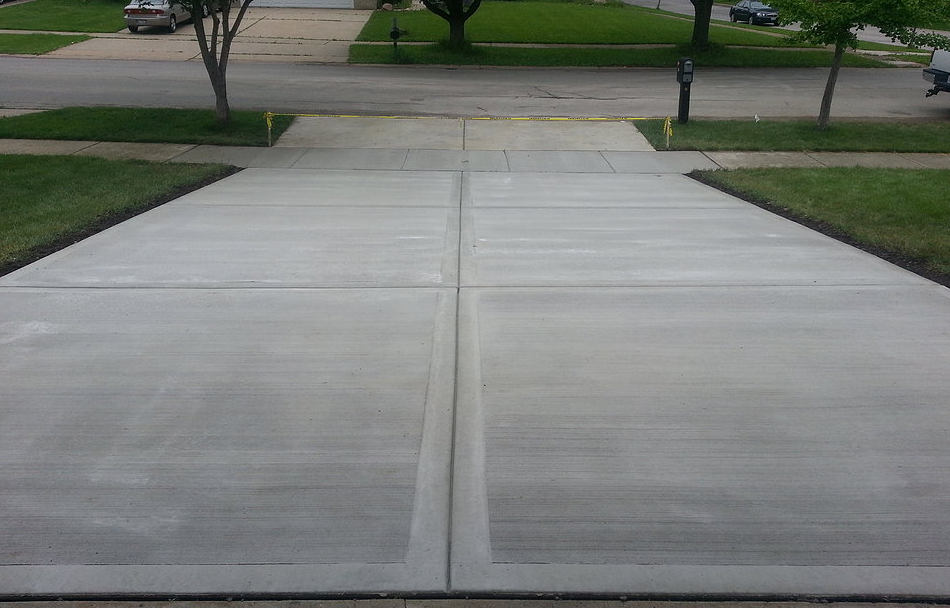Japantown’s rich cultural heritage and aesthetic charm create an ideal setting for stylish and durable home improvements. Concrete installation, whether for driveways, patios, walkways, or other outdoor features, offers a versatile and enduring solution that complements the unique character of Japantown. This guide will walk you through the steps of concrete installation Japantown, ensuring you achieve a beautiful and long-lasting result for your home.
Benefits of Concrete Installation
- Durability: Concrete is known for its strength and longevity, capable of withstanding heavy use and various weather conditions.
- Low Maintenance: Once installed, concrete requires minimal upkeep, making it a cost-effective choice over time.
- Versatility: Concrete can be customized with various finishes, colors, and patterns to suit any design preference.
- Eco-Friendly: Concrete is made from abundant natural materials and can be recycled, making it an environmentally friendly option.
Steps for Concrete Installation
1. Planning and Design
Start by planning the layout and design of your concrete project. Consider the following:
- Purpose: Determine the primary use of the area (e.g., driveway, patio, walkway) to ensure it meets your needs.
- Size and Shape: Sketch the dimensions and shape of the concrete area, taking into account the space available and the overall design of your property.
- Style and Finish: Choose the type of finish (smooth, brushed, stamped) and any colors or patterns you want to incorporate.
2. Site Preparation
Proper site preparation is crucial for a successful concrete installation. Follow these steps:
- Clear the Area: Remove any existing structures, plants, or debris from the site.
- Excavation: Excavate the area to the required depth, considering the thickness of the concrete slab and any sub-base material.
- Grading and Compaction: Ensure the ground is level and compacted to provide a stable base for the concrete.
3. Installing Forms
Forms are used to contain the concrete and define its shape. Here’s how to set them up:
- Measure and Mark: Use stakes and string to outline the area where the concrete will be poured.
- Install Forms: Set up wooden or metal forms along the marked lines, securing them with stakes. Ensure the forms are level and properly aligned.
4. Preparing the Sub-Base
A stable sub-base is essential for preventing cracks and ensuring the longevity of your concrete installation:
- Add Sub-Base Material: Spread a layer of gravel or crushed stone evenly across the excavation site.
- Compact the Sub-Base: Use a compactor to compress the sub-base material, creating a firm foundation.
5. Mixing and Pouring Concrete
Follow these steps for mixing and pouring the concrete:
- Mix the Concrete: If mixing on-site, use a concrete mixer to combine cement, sand, gravel, and water according to the manufacturer’s instructions. Alternatively, order ready-mix concrete for convenience.
- Pour the Concrete: Begin pouring the concrete into the prepared forms, starting at one end and working your way to the other.
- Level the Surface: Use a screed to level the concrete, moving it back and forth across the surface to remove excess material.
6. Finishing the Concrete
Finishing techniques will determine the final appearance and texture of the concrete:
- Smoothing: Use a float to smooth the surface of the concrete, removing any imperfections.
- Edging: Run an edger along the edges of the concrete to create a clean, rounded finish.
- Texturing: Apply a broom finish or use stamping tools to add texture, if desired.
7. Curing the Concrete
Proper curing is vital for the strength and durability of the concrete:
- Keep It Moist: Cover the concrete with a plastic sheet or use a curing compound to retain moisture. Alternatively, spray the surface with water periodically.
- Allow Time to Cure: Let the concrete cure for at least 7 days, avoiding heavy traffic during this period.
8. Sealing the Concrete
Sealing helps protect the concrete from stains and weather damage:
- Clean the Surface: Ensure the concrete is clean and dry before applying the sealant.
- Apply Sealant: Use a roller or sprayer to apply a concrete sealant evenly across the surface. Follow the manufacturer’s instructions for drying time.
Conclusion
Concrete installation in Japantown can significantly enhance the functionality and aesthetic appeal of your property. By following these steps, you can ensure a successful and long-lasting project that complements the unique character of your home and neighborhood. Whether you’re installing a driveway, patio, or walkway, concrete offers a durable and versatile solution that will serve you well for years to come.

Leave a Reply